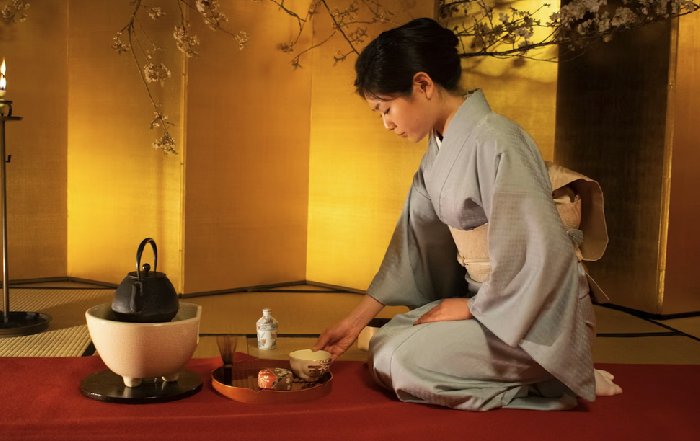The Growing Demand for Personalized Spa Treatments
The Growing Demand for Personalized Spa Treatments
Last updated by Editorial team at qikspa.com on Thursday 18 December 2025


Healthy Eating Habits That Support Beauty From Within
Last updated by Editorial team at qikspa.com on Thursday 18 December 2025

Healthy Eating Habits That Support Beauty From Within

Yoga Philosophy and Its Influence on Daily Life
Last updated by Editorial team at qikspa.com on Thursday 18 December 2025

Yoga Philosophy and Its Influence on Daily Life

Wellness Trends Influencing Urban Living Worldwide
Last updated by Editorial team at qikspa.com on Thursday 18 December 2025

Wellness Trends Influencing Urban Living Worldwide

Eco-Conscious Fashion Choices Supporting a Healthy Lifestyle
Last updated by Editorial team at qikspa.com on Thursday 18 December 2025

Eco-Conscious Fashion Choices Supporting a Healthy Lifestyle

The Impact of Technology on Modern Spa Services
Last updated by Editorial team at qikspa.com on Thursday 18 December 2025

The Impact of Technology on Modern Spa Services

How Global Cultures Define Beauty and Self-Care
Last updated by Editorial team at qikspa.com on Thursday 18 December 2025

How Global Cultures Define Beauty and Self-Care

Luxury Wellness Experiences Beyond Traditional Spas
Last updated by Editorial team at qikspa.com on Thursday 18 December 2025

Luxury Wellness Experiences Beyond Traditional Spas
